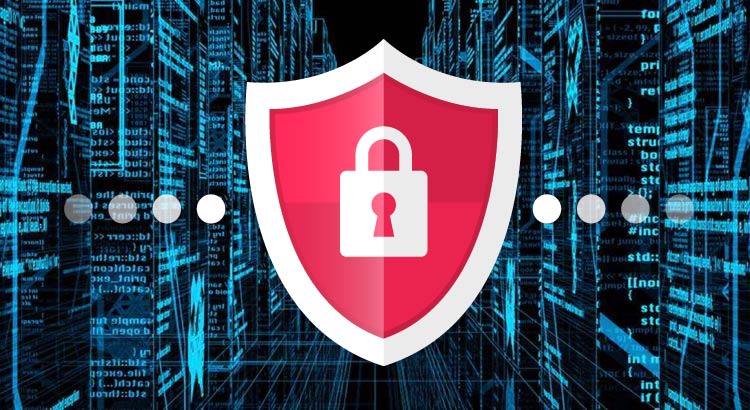Are You Protected? 8 Steps to Combat Cyber Threats
If it’s connected, it’s an access point that can be infiltrated.
And any digital device that is connected to your network, is at risk. Last week, Massive Networks, addressed how cybersecurity threats can be detected from the network at the Denver Biz Tech Expo. Today, your business can reduce downtime from these threats by implementing protocols at all access points that are connected to your network. It’s not just computers or it’s users that may impact business security. It’s any digital device that is connected to the network. Building systems or AI devices are just the tips of the ice burg.
Remaining educated on the latest cyber threats is the first step in improving your security processes and combating these malicious attacks. By keeping all of your system hardware and software up-to-date, actively monitoring your network usage, and utilizing the internet security measures that anti-malware and anti-virus solutions provide, you can ensure that your business is ready to battle whatever cybersecurity threat that may be lurking.
Common Cyber Threats
Phishing attacks, DDoS (Distributed Denial of Service) attacks, and APT (Advanced Persistent Threats) attacks are some of the more common cyber attacks that are being used against businesses today. Training administrators and users to be cautious when reading and opening all emails, and utilizing web application firewalls are great tools to use against these attacks as they give you more control over your web traffic while recognizing malicious exploits.
Lock It Up
Because we’re a team of network people, it’s important to note that we feel the best defense model against any kind of threat begins at the network. Despite that, there are precautions you can implement to lock down your business in the event of a hack or threat. This includes locking down your processes, securing your transactions, then securing all of the access points. Last, but definitely NOT least, train your staff.
Recently, the FBI released an article on Defending Against Payroll Phishing Scams. Below, we’ve listed out some of their strategies businesses can use to avoid them.
Defending Against Cybersecurity Scams and/or Threats Checklist:
- Be suspicious of unsolicited phone calls, visits, or email messages from individuals asking about employees or other internal information. If an unknown individual claims to be from a legitimate organization, try to verify his or her identity directly with the company.
- Do not provide personal information or information about your organization, including its structure or networks, unless you are certain of a person’s authority to have the information.
- Do not reveal personal or financial information in an email, and do not respond to email solicitations for this information. This includes following links sent an email.
- Don’t send sensitive information over the Internet before checking a website’s security.
- Pay attention to the URL of a website. Malicious websites may look identical to a legitimate site, but the URL may use a variation in spelling or a different domain (e.g., .com vs. .net).
- If you are unsure whether an email request is legitimate, try to verify it by contacting the company directly. Do not use the contact information provided on a website connected to the request; instead, check previous statements for contact information.
- Install and maintain anti-virus software, firewalls, and email filters to reduce some of this traffic.
- Take advantage of any anti-phishing features offered by your email client and web browser.








